Day 29 - The Yabusame Festival In Takeo Onsen, and A Bit About Kaiseki Meals, The Kyushu 108 Temple Pilgrimage, Japan

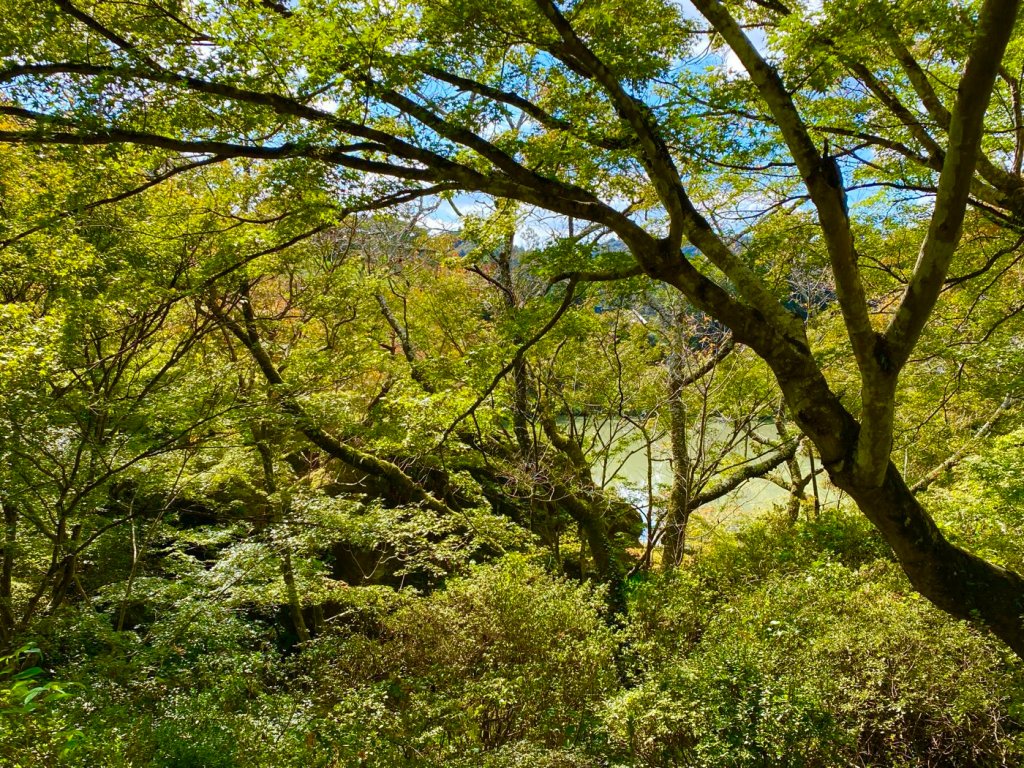








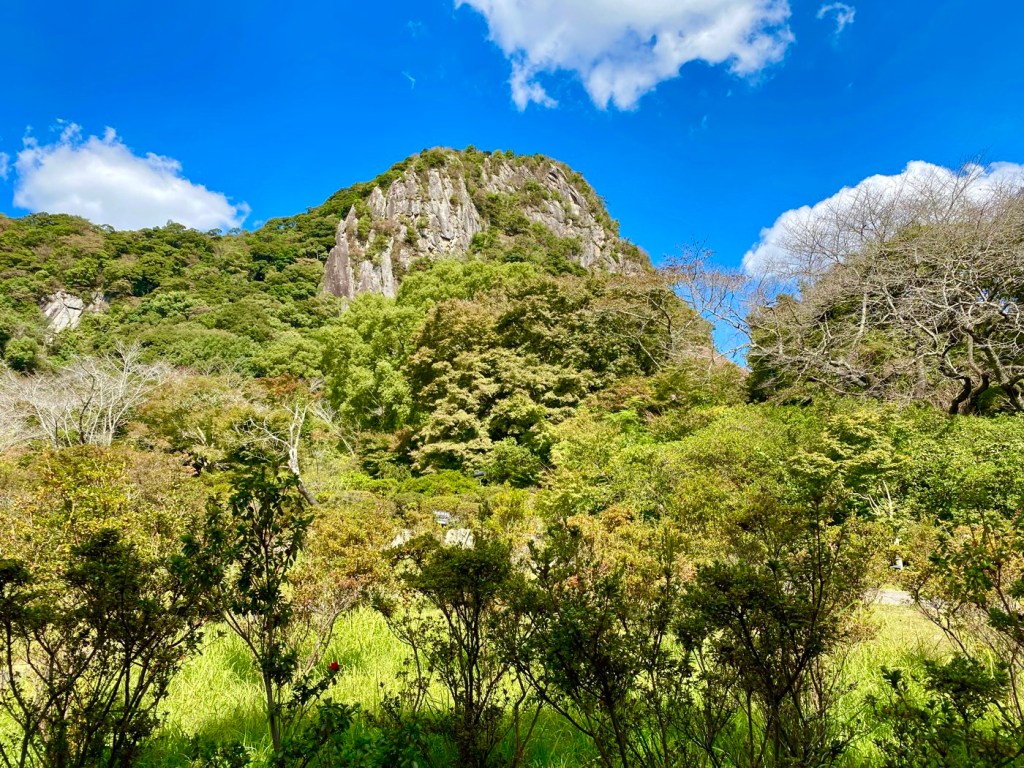
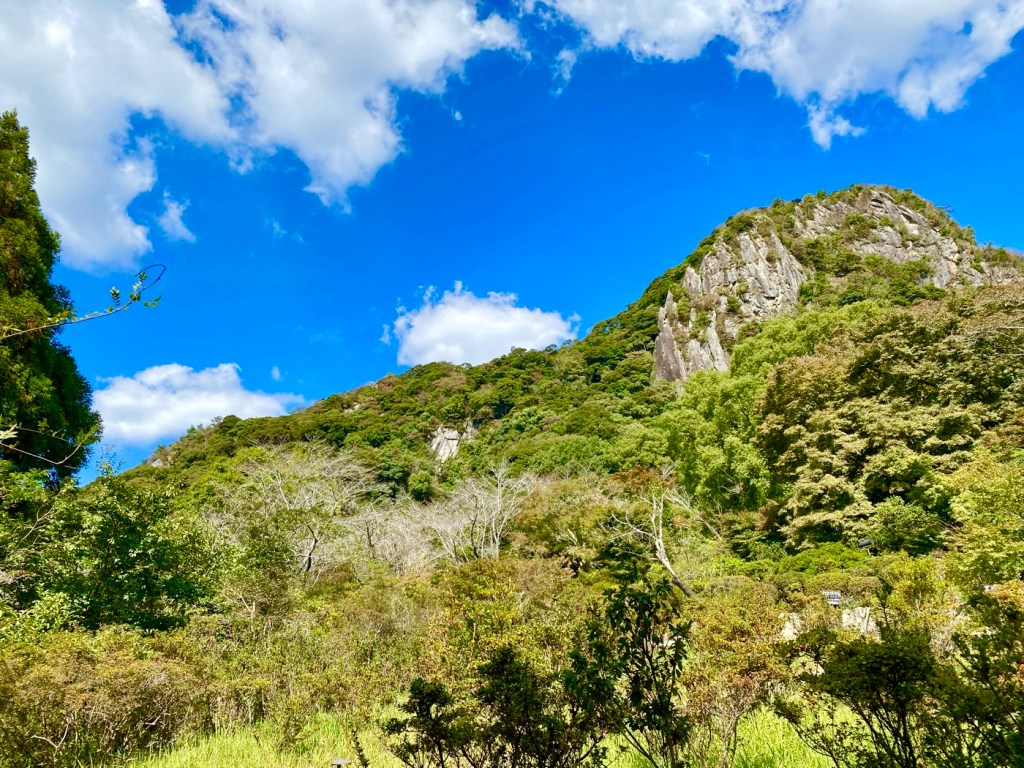




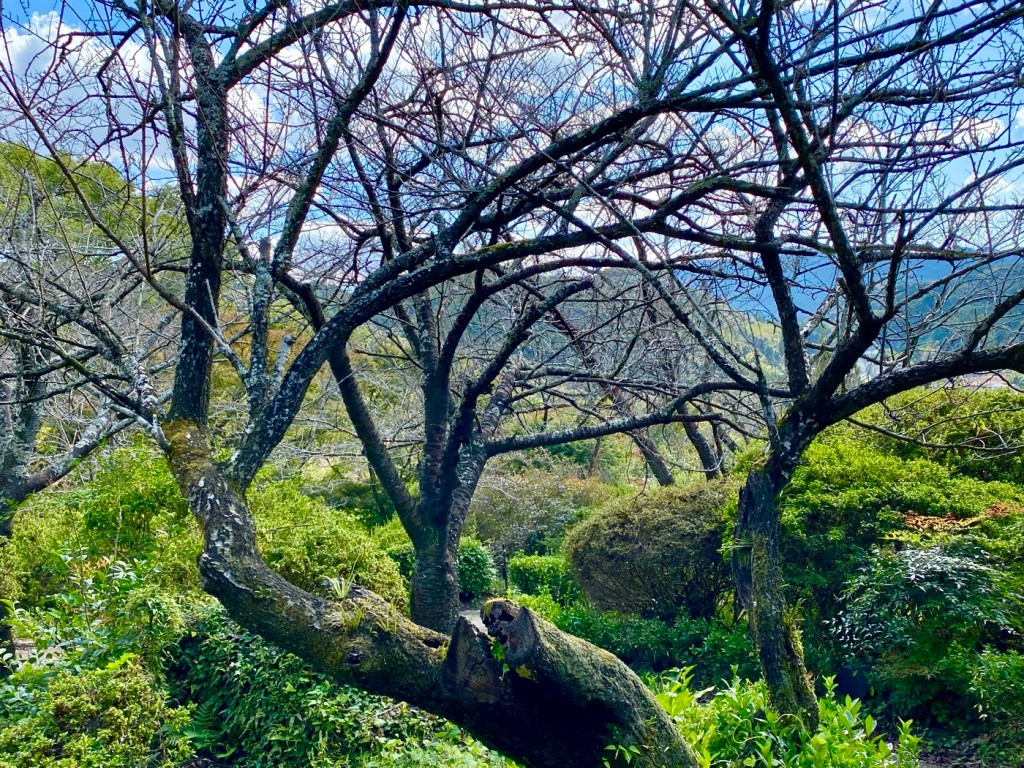
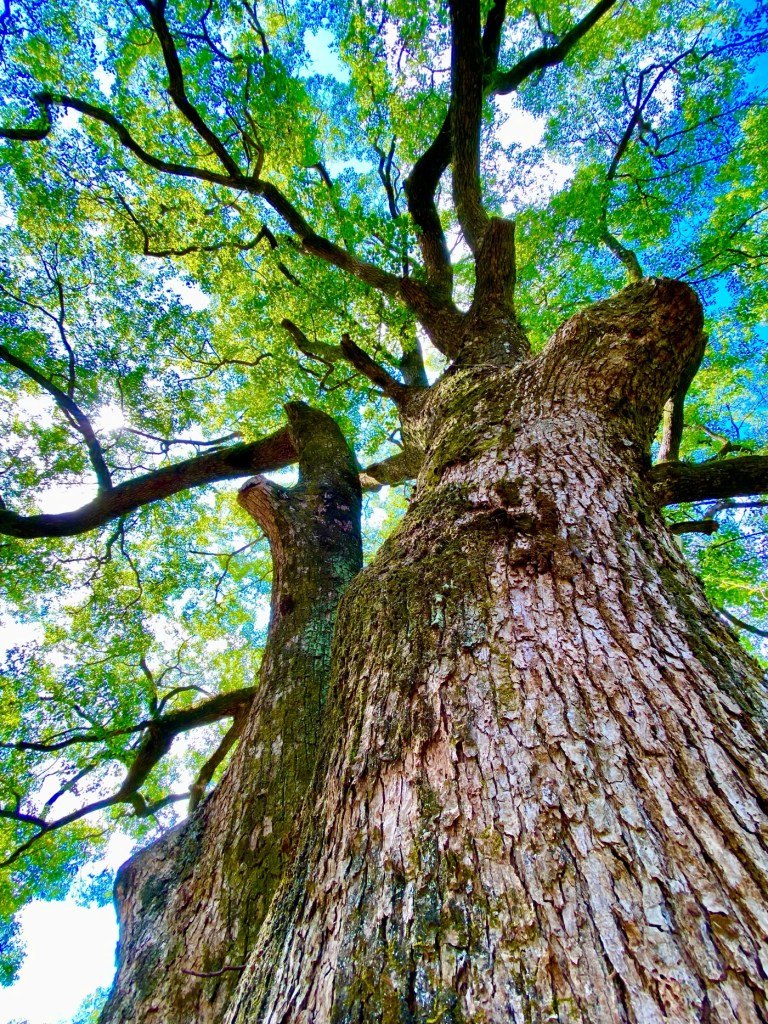








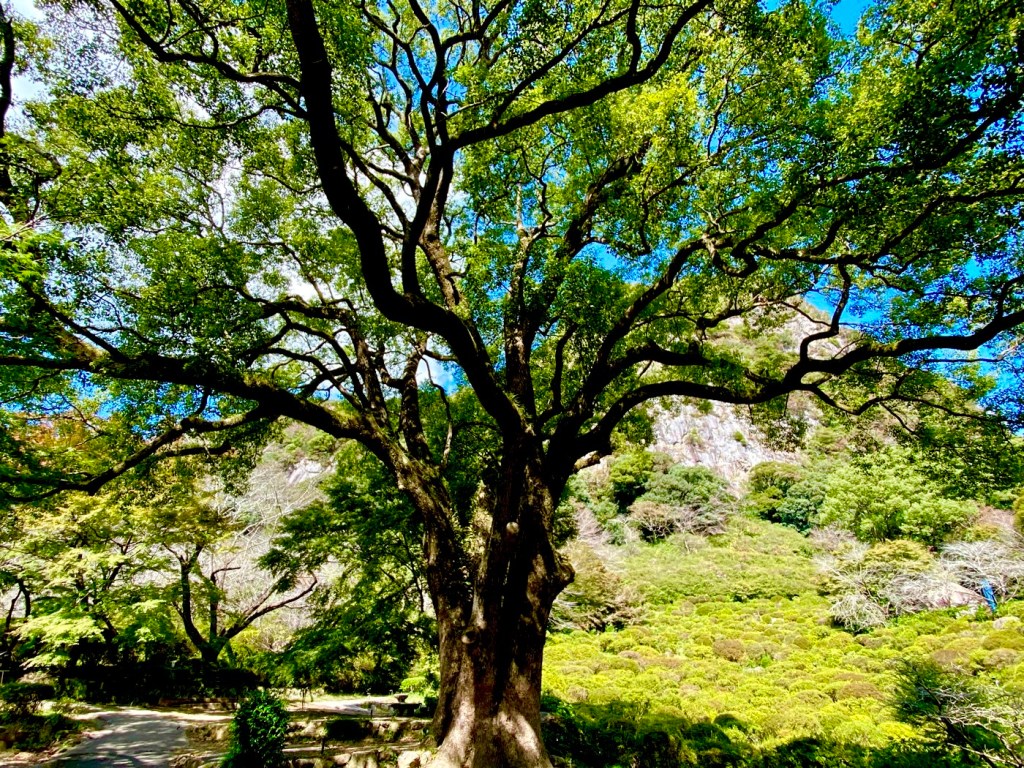
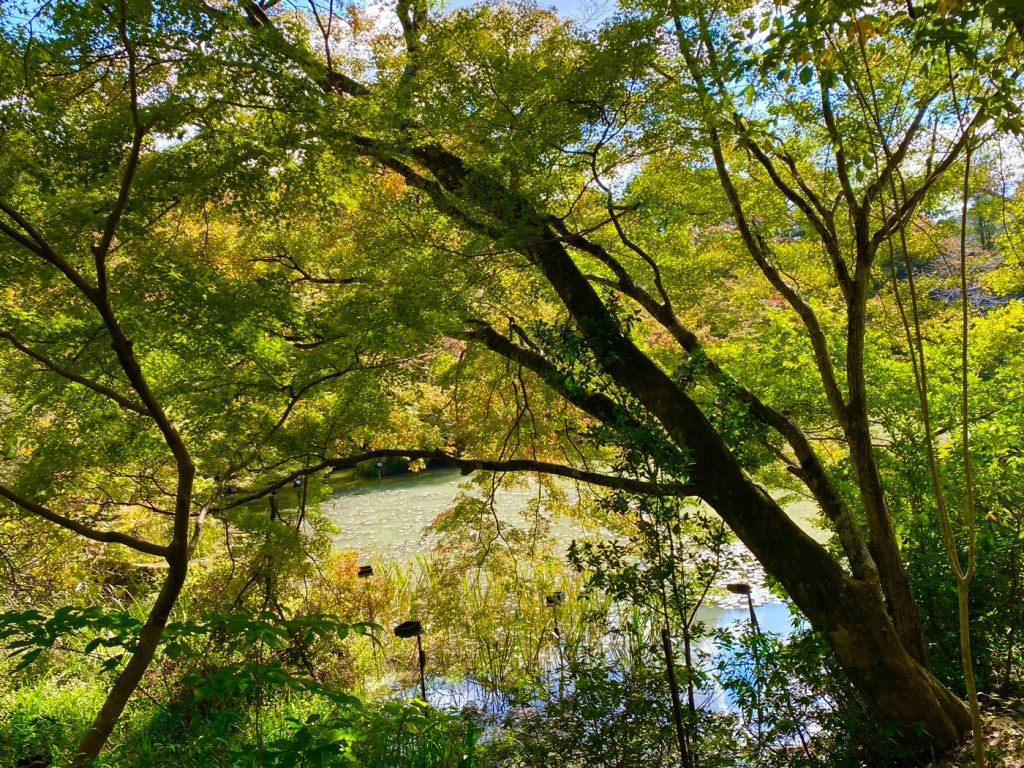



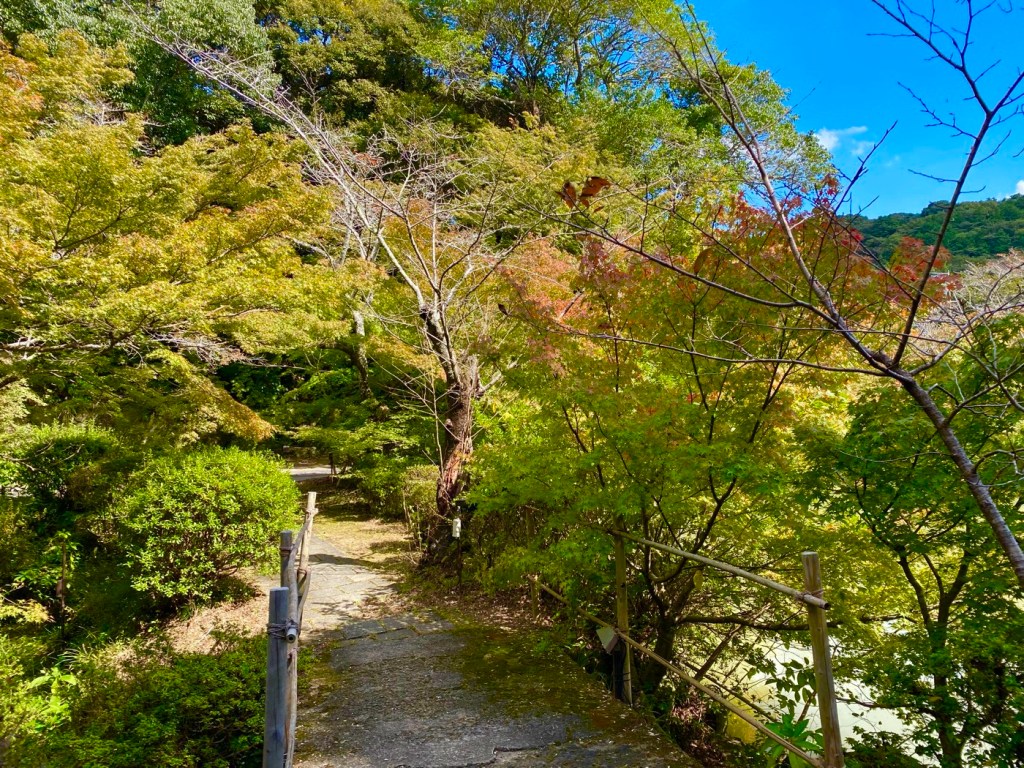

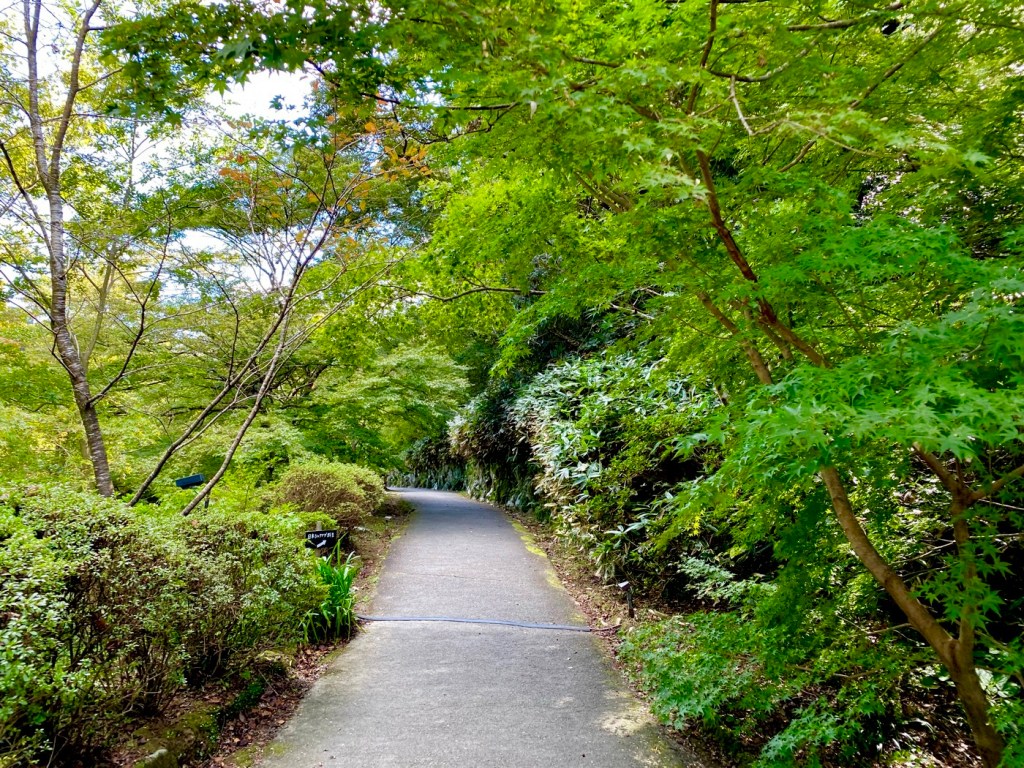




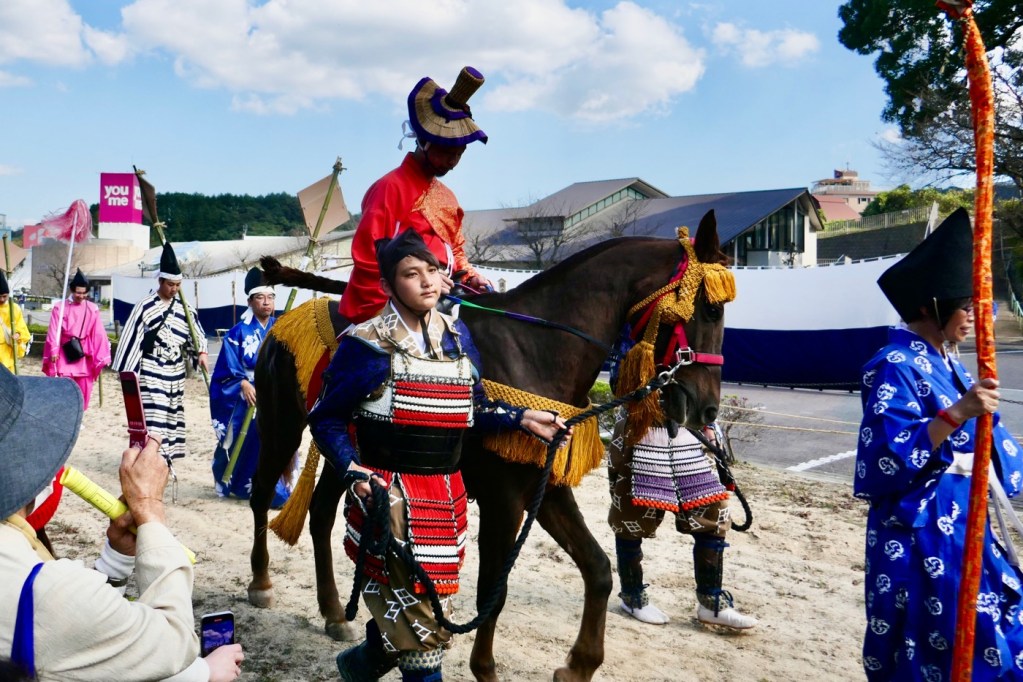






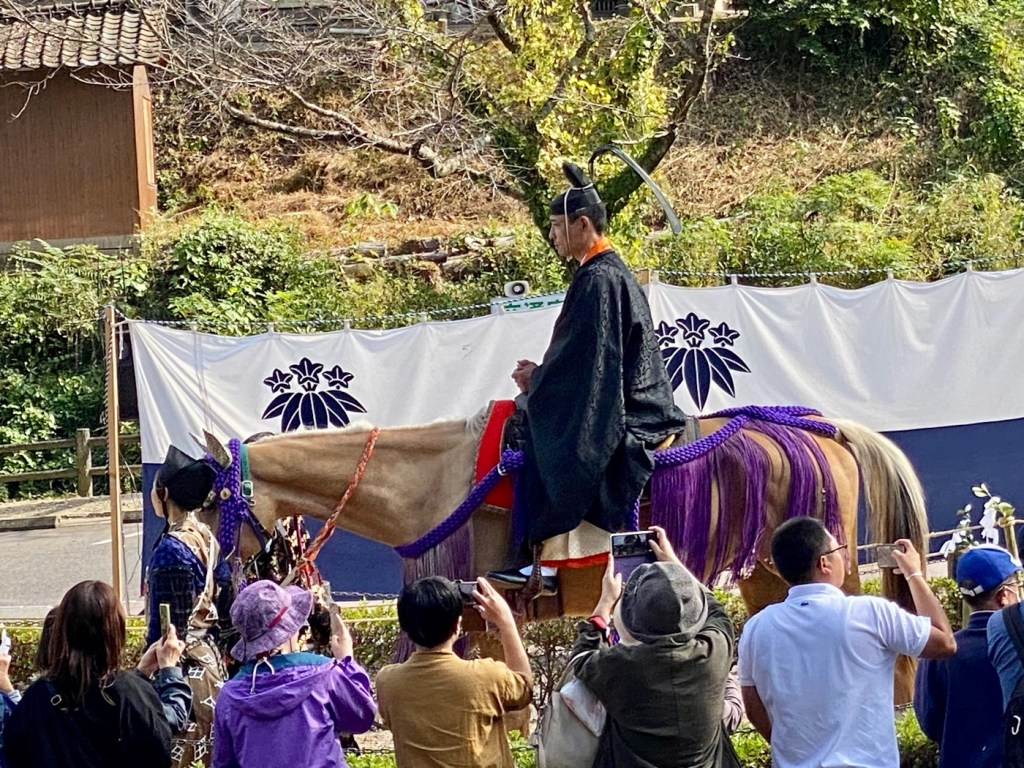



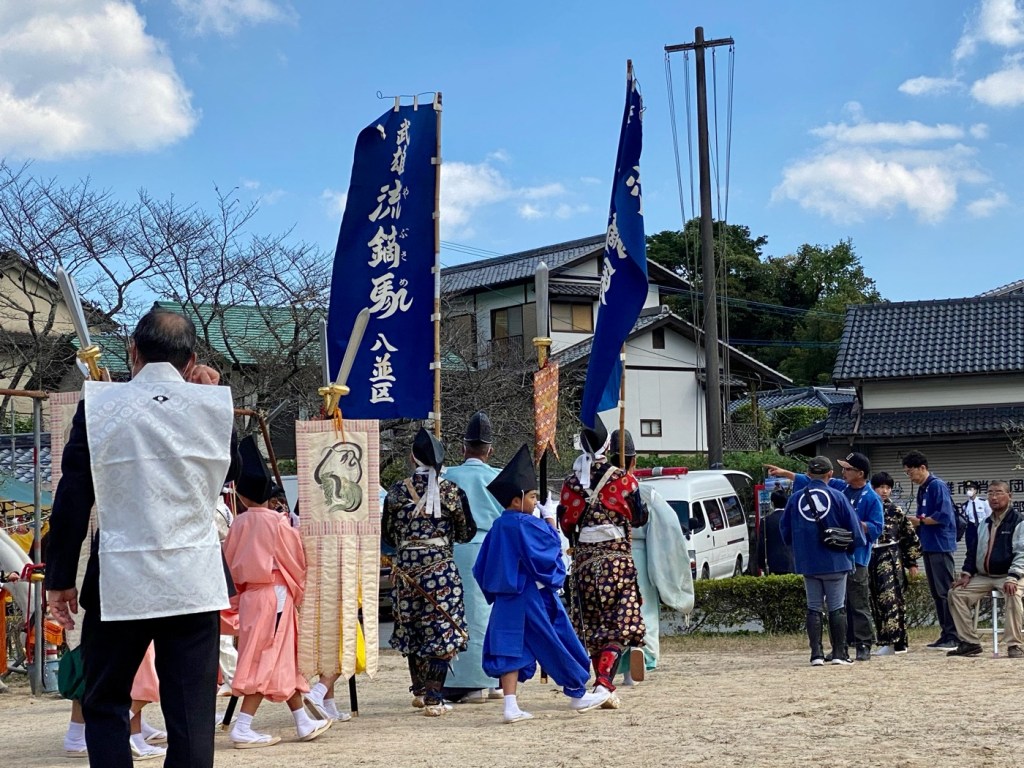


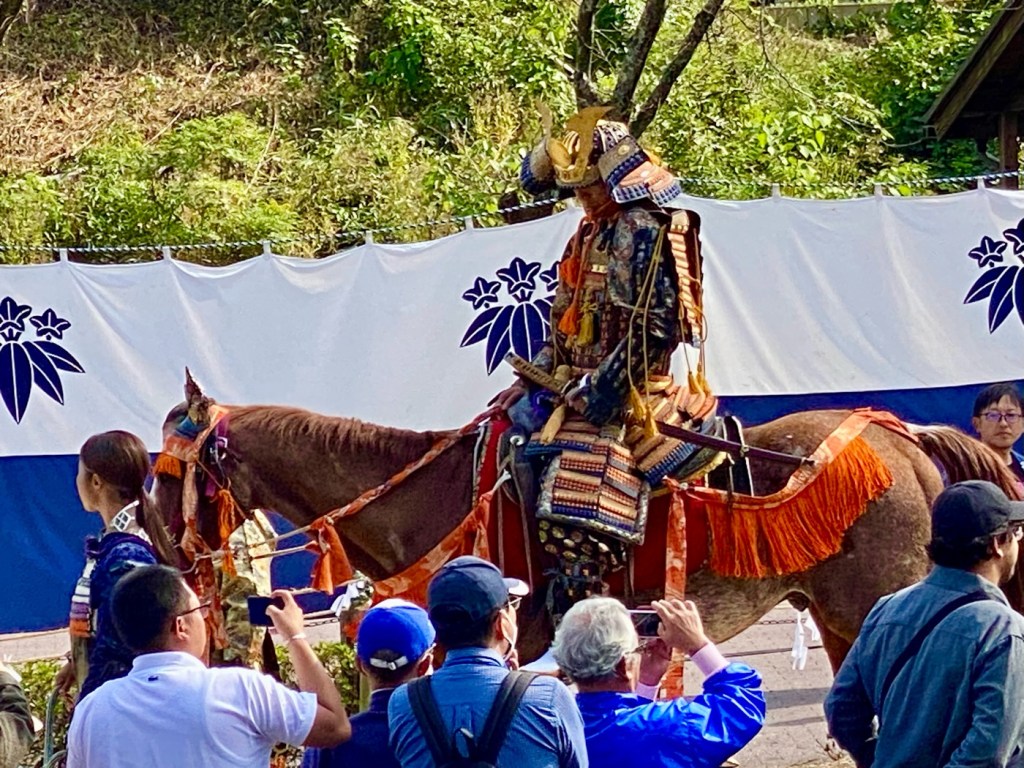

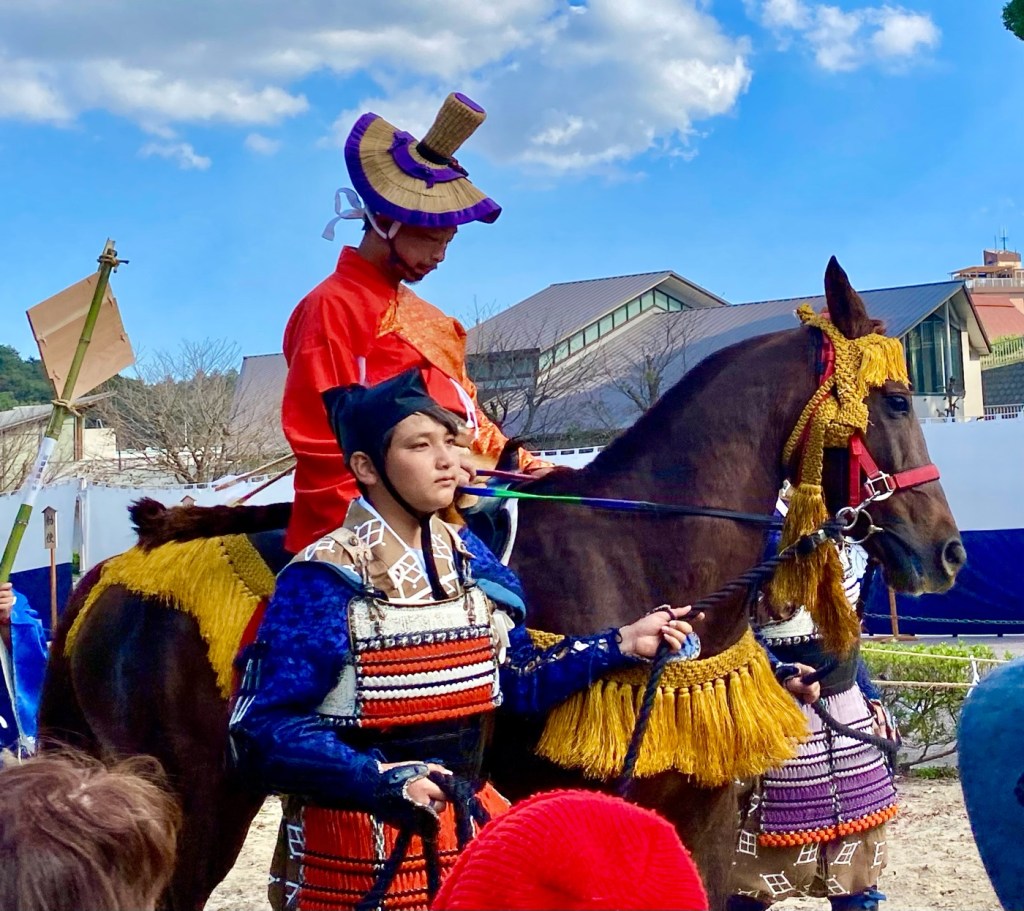




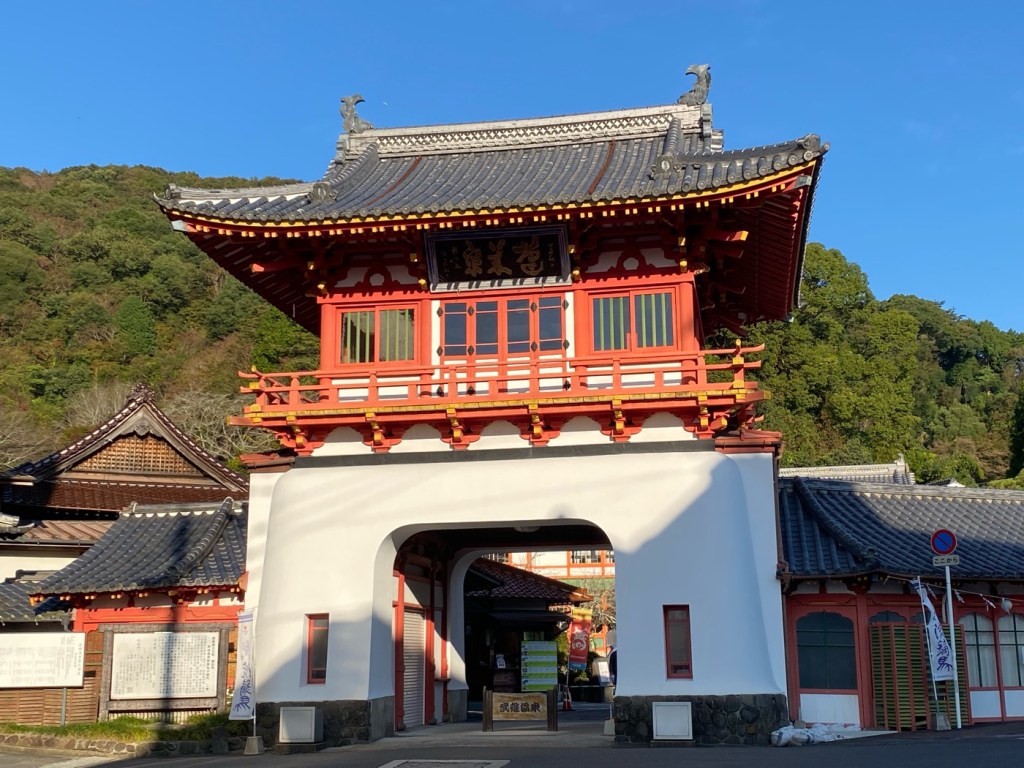

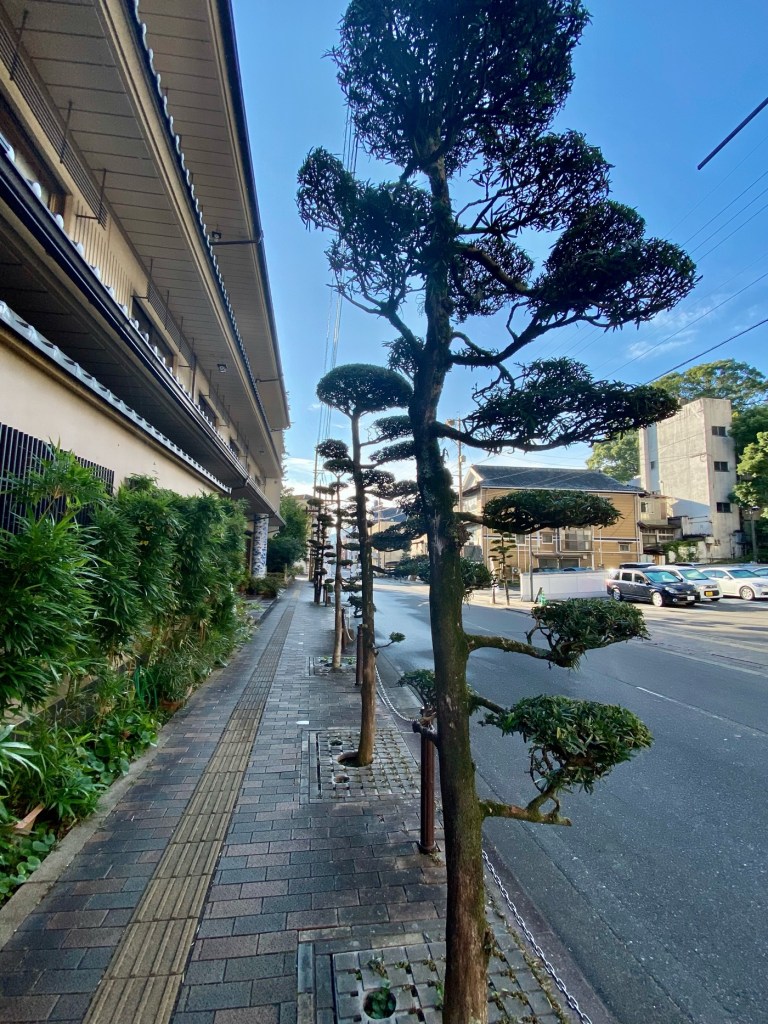
Day 29 - The Yabusame Festival In Takeo Onsen, and A Bit About Kaiseki Meals, The Kyushu 108 Temple Pilgrimage, Japan
This morning we had a much better breakfast in our Arita ceramic gallery hotel.
I had the idea to tell them yesterday that we prefer not to eat raw eggs, and this morning they served us a salad with cooked eggs and mushrooms, a toast and yogurt with fruit.
Our destination for today was Takeo Onsen, a stop on our way to Kashima.
We have completed the circle of temples in that part of Kyushu, and now we will be heading south to cover the temples in Nagasaki prefecture.
Since we already walked today’s route on the last day that we walked with our friends Wendy and Joseph, we will be taking the train to Takeo Onsen.
In Takeo, we locked our backpacks in the coin lockers and walked to have some tea at the Starbucks cafe.
From there, we walked to Mifune Yama Rakuen park.
It’s a beautiful tree and flower-laden park spread over 500,000 square meters at the base of Mt. Mifune.
It was constructed at the request of a former feudal lord.
We walked between the trees, on pathways that meandered around the base of the mountain and around a small lake.
It was very peaceful, although I imagine that it is amazing at night, when it is fully lit by artworks made of light and sounds.
We spent a couple of hours walking through this park, and sat for some tea and a snack under a pergola that was shaded with wisteria vines.
At this time of the year, no flowers were in bloom, but the tree leaves have started changing color.
We didn’t want to eat lunch, because our Ryokan hotel in Takeo was serving us a full Kaiseki dinner tonight, which is usually more than we can eat, but because it is so delicious, we always overeat.
We left the park and decided to walk towards the Takeo public library that has a Tsutaya bookstore in it, and another Starbucks cafe.
As we walked towards it, we remarked that it was surprising to see so many people walking in the same direction as we were going.
Usually we see almost nobody walking the streets.
I knew that the Takeo Shrine was nearby, but we saw no advertisements for any events in town.
As we turned the corner, we saw thousands of people who were gathered for a festival.
It turned out to be the Yabusame festival, a very important and well attended exhibition of skilled horseback riders competing in archery while at full gallop.
Yabusame is an ancient Japanese art of archery, where archers shoot at targets with a bow and arrow, while riding a horse, galloping at full speed.
This fast-paced and elegant event also showcases ornate harnesses and colorful traditional samurai armor, elaborate hats and costumes.
As the horse gallops, the archer, fully dressed in samurai hunting clothes, has only a few seconds to fire three arrows.
Cheers erupt when the sound of an arrow hitting the wood target signals success.
The Yabusame festival is dedicated to the gods and praying for universal peace, a rich harvest and for people’s good health.
The festival goes back to the 6th century, and has been practiced and maintained since then.
The Yabusame is considered a sacred ritual. They do not just compete over their martial skills, but they are also trained to shoot arrows in prayer, and so it is regarded as a highly spiritual ritual, presided over by the Shinto Priests in their regal robes.
The length of the Yabusame riding course and the distance between targets remain unchanged since the Kamakura period. However, many of the horses used in the ritual today are of western breeds, and are bigger in size and run faster than Japanese breeds.
Therefore it is very hard to hit the targets, as the archers only have a few seconds to load the next arrow, before reaching the next target.
The archers in Yabusame are called ITE, and only those who have undergone strict training can become one.
The Ite have mastered the exceptional technique of horseback riding, only existing in Japan, that is called Tachisukashi.
Tachisukashi is a form of riding without pressing on the horse’s body with the legs, and without resting the body on the saddle, keeping the hips away from the saddle by a just a few millimeters.
This riding technique is very difficult to master.
By this riding style, the body of the Ite maintains a stable posture without the up and down movements of the upper body, enabling the rider to aim accurately at the targets, from atop the galloping horses.
The Ite who participate in the Yabusame ritual wear special hats called Kimen Ayahigasa, and put a garment on their left shoulder, which has the archer’s family crest embroidered in golden thread.
Their hips are covered with leather made of summer deerskin.
On their waists, the archers wear a long sword, as well as a short sword.
They also wear gloves, tabi socks and foot wear called igutsu. They hold in their hands a bow and carry arrows inserted at their waist.
Metal arrowheads are not used because bloodshed is considered taboo in Shinto rituals.
The saddles used in Yabusame are typically Japanese.
The manufacturing techniques are no longer available in Japan and therefore antique pieces are repaired and reused very carefully, in order to preserve them.
It is believed that the origin of Yabusame goes back to the 6th century, when Emperor Kinmei ordered archers to shoot three arrows on horseback called Yabasame at Usa Jingu shrine in Oita Prefecture.
In the Heian Era, Emperor Uda ordered Minamoto no Yoshiari, a master in horseback archery, to fix the ”Rules and Etiquette of Horseback Archery.”
In all the years we have been coming to Japan, we had never seen this festival being celebrated, nor did we see or hear of the Imari Tontenton festival we saw a few days ago.
We watched for a while then went into the Starbucks and had another tea.
It was time to pick up our backpacks at the train station and head over to our Ryokan hotel.
We got a lovely spacious tatami Japanese room and went downstairs to soak in the hot springs.
The Onsen was surprisingly small for such a Ryokan, but the older Japanese ladies all finished soaking by the time it took me to shower and scrub before entering the hot springs waters.
They told me that they had come to see the festival from the nearby city of Kumamoto, where they live.
After resting in our room, we went downstairs to have a delicious Kaiseki dinner.
The Kaiseki meal is a multi dish Japanese traditional dinner that has very strict rules, although variations are made based on local ingredients and the creativity of the chef.
The Kaiseki meal always has a steamed dish, a fried dish, a pickled dish, a raw dish, a baked dish, etc.
Below I am listing the different types of dishes that are served in a Kaiseki:
Sakizuke - A small appetizer using local ingredients.
Oshinogi - Another appetizer served after the Sakizuke, it is often bite-sized sushi or a small bowl of soba noodles.
Owan - The name means a small bowl in Japanese, and it is usually a soup.
Mukozuke - Sashimi slices of raw fish, with thin strings of radish and a shiso leaf.
Hassun - An assortment of dishes using the best seasonal ingredients from the mountain and the ocean.
Shiizakana - Can be translated as a “strong snack.”
These are small dishes designed to be eaten accompanied by Sake.
Tempura - A fried vegetable and shrimp dish.
Futamono/ Wanmono - A second Soup dish.
Sunomono - Vinegar-pickled vegetables.
Yakimono - A dish of grilled fish, but sometimes grilled meat.
It is often served in a beautiful display representing the season.
Nimono - A delicious array of lightly simmered foods, like bamboo shoots or other root vegetables.
Takiawase - A simmered vegetable dish.
It is often tofu and seasonal vegetables in dashi.
Mushimono or Chawanmushi - Chawanmushi literally means "tea cup steam" or "steamed in a tea bowl".
It is an egg custard dish with hidden ingredients inside like a cooked lotus seed or slices of surimi.
Gohan - A steamed rice dish, usually served at the end.
Mizugashi - A small dessert served at the end of the meal.
Our Kaiseki dinner was delicious and feeling very full, we slept very well at night.
With love and blessings,
Tali
Stats: 20,413 steps
Today’s walk: 14 km
Kilometers walked to date: 493
Temples visited: none